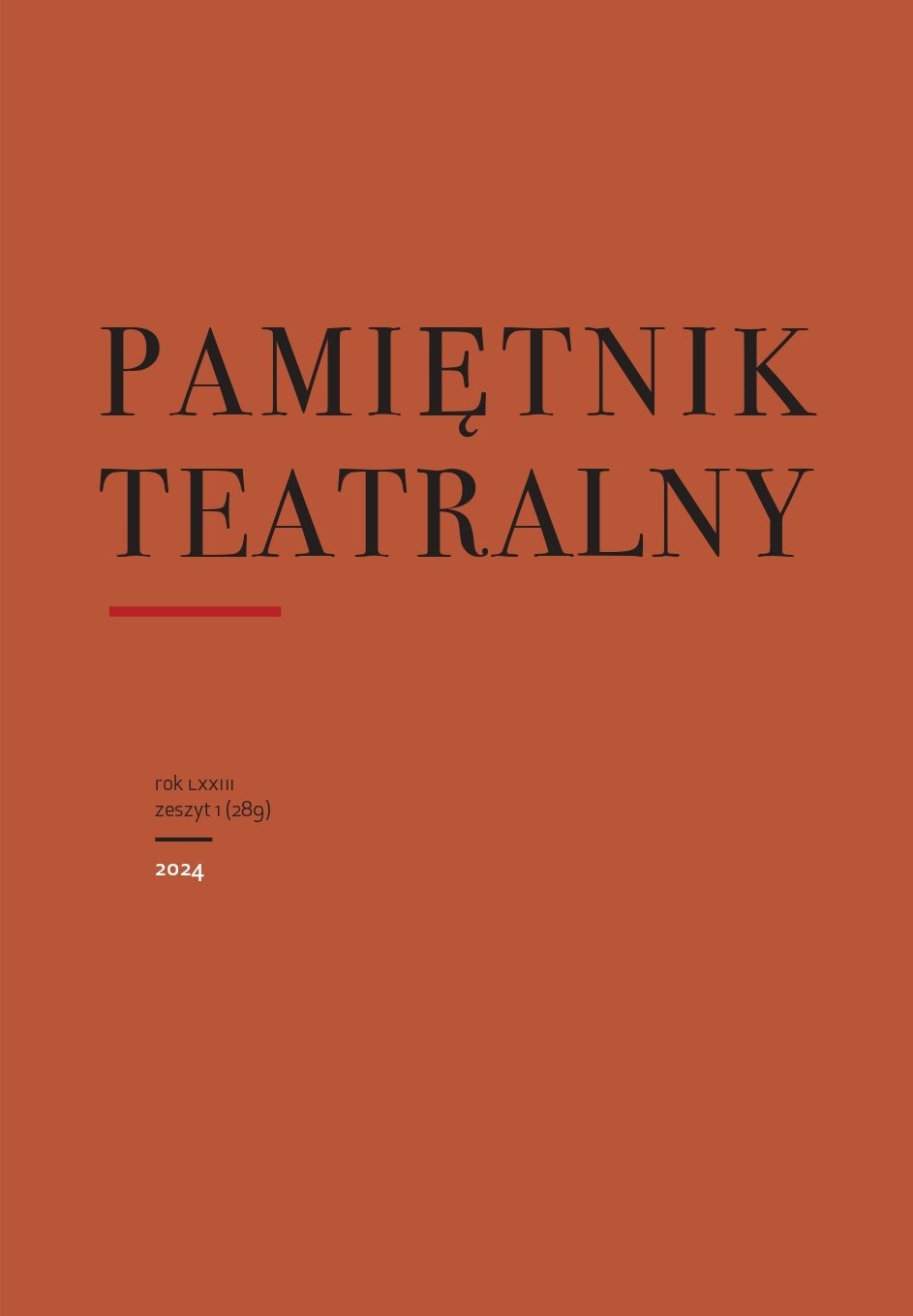Contamination as Collaboration: Creating a Collaborative Archive in "Frames of the Anthropocene"
Aleksandra Kamińska
aleksandra.kaminska@uj.edu.plJagiellonian Univeristy (Poland)
https://orcid.org/0000-0001-8147-4133
Abstract
Frames of the Anthropocene is a collaborative digital exhibition launched by the Virtual Museum of the Anthropocene in 2021. Envisioned as a work-in-progress, the exhibition simultaneously archives and performs the memory of the ongoing anthropogenic changes in different environments. It is argued that many of the photographs, while seemingly focusing on various kinds of human-produced waste, in fact represent multifarious constellations and collaborations, as the waste is gradually integrated into divergent green spaces. The article foregrounds the vibrancy (Bennett, 2010) and processual character of these groupings, viewing them as depictions of temporal and spatial negotiations involving multiple actants that orient the viewers’ gaze towards both human and other-than-human modalities and agencies. By bringing into Focus “nonhuman beings and unfamiliar timescales” (Morton, 2017), the author interprets the exhibition as a way of engaging the viewers and potential contributors alike in a reflection on various modes of collaboration discovered through the archive-in- -progress. Finally, the article analyses the ways in which Frames of the Anthropocene explores the dynamics of “contamination as collaboration” (Tsing, 2015) both in its content and its processual, collaborative formula, thus attempting to transgress anthropocentrism in our understanding of the current epoch.
Keywords:
Anthropocene, archive-in-progress, vibrant matter, thing-power, contamination/collaborationReferences
Baichwal, Jennifer. “Documenting the Anthropocene.” St Antony’s International Review 15, no. 2 (2020): 88–99. https://www.jstor.org/stable/27027774.
Google Scholar
Bakke, Monika. “Pandemiczne wspólnoty przenoszone drogą plastikową.” In Pandemia: Nauka, Sztuka, geopolityka, edited by Mikołaj Iwański and Jarosław Lubiak, 137–148. Szczecin: Akademia Sztuki w Szczecinie, 2018.
Google Scholar
Bennett, Jane. Vibrant Matter: A Political Ecology of Things. London: Duke University Press, 2010.
DOI: https://doi.org/10.1215/9780822391623
Google Scholar
Bradley, Kimberly. “The Anthropocene Project: The Deformation of the Earth.” Nomad, no. 5 (2018). https://www.the-nomad-magazine.com/the-anthropocene-project/.
Google Scholar
Brylska, Aleksandra. “Życie zaczyna się na wysypisku: O niechcianych mieszkańcach miast.” Przegląd Kulturoznawczy 4, no. 42 (2019): 562–576. https://doi.org/10.4467/20843860PK.19.029.11925.
DOI: https://doi.org/10.4467/20843860PK.19.029.11925
Google Scholar
Burtynsky, Edward, with Jennifer Baichwal and Nicholas de Pencier. Anthropocene. Göttingen: Steidl, 2018.
Google Scholar
Chwałczyk, Franciszek. “Around the Anthropocene in Eighty Names: Considering the Urbanocene Proposition.” Sustainability 12, no. 11 (2020). https://doi. org/10.3390/su12114458.
DOI: https://doi.org/10.3390/su12114458
Google Scholar
Davis, Heather. “Life and Death in the Anthropocene: A Short History of Plastic.” In: Art in Anthropocene: Encounters among Aesthetics, Politics, Environments and Epistemologies, edited by Heather Davis and Etienne Turpin. London: Open Humanities Press, 2015.
DOI: https://doi.org/10.26530/OAPEN_560010
Google Scholar
DeLoughrey, Elizabeth M. Allegories of the Anthropocene. London: Duke University Press, 2019.
DOI: https://doi.org/10.1215/9781478090021
Google Scholar
Frantzen, Mikkel Krause, and Jens Bjering. “Ecology, Capitalism and Waste: From Hyperobject to Hyperabject.” Theory, Culture & Society 37, no. 6 (2020): 87–109. https://doi.org/10.1177/0263276420925541.
DOI: https://doi.org/10.1177/0263276420925541
Google Scholar
Glikson, Andrew Yoram. The Plutocene: Blueprints for a Post-Anthropocene Greenhouse Earth. Cham: Springer, 2017.
DOI: https://doi.org/10.1007/978-3-319-57237-6
Google Scholar
Haraway, Donna. “Anthropocene, Capitalocene, Plantationocene, Chthulucene: Making Kin.” Environmental Humanities 6, no. 1 (2015): 159–165. https://doi. org/10.1215/22011919-3615934.
DOI: https://doi.org/10.1215/22011919-3615934
Google Scholar
Hawkins, Gay. The Ethics of Waste: How We Relate to Rubbish. Lanham: Rowman and Littlefield, 2006.
Google Scholar
Kristeva, Julia. Powers of Horror: An Essay on Abjection. Translated by Leon S. Roudiez. New York: Columbia University Press, 1982.
Google Scholar
Lelonek, Diana. “Sztuka nie-ludzkich aktorów.” Przestrzenie Teorii, no. 31 (2019): 135–141. https://doi.org/10.14746/pt.2019.31.6.
DOI: https://doi.org/10.14746/pt.2019.31.6.
Google Scholar
MacCormack, Patricia. The Ahuman Manifesto: Activism for the End of the Anthropocene. London: Bloomsbury Academic, 2020.
DOI: https://doi.org/10.5040/9781350081130
Google Scholar
Marzec, Andrzej. Antropocień: Filozofia i estetyka po końcu świata. Warszawa: PWN, 2021.
Google Scholar
Reed, Christina. “Dawn of the Plasticine Age.” New Scientist 225, no. 3006 (2015): 28–32. https://doi.org/10.1016/S0262-4079(15)60215-9.
DOI: https://doi.org/10.1016/S0262-4079(15)60215-9
Google Scholar
Sagan, Claire. “Ending the Anthropocene.” Public Books, 22 January 2019. https://www.publicbooks.org/ending-the-anthropocene/#fnref-25947-14.
Google Scholar
Scanlan, John. On Garbage. London: Reaktion, 2004.
Google Scholar
Stengers, Isabelle. In Catastrophic Times: Resisting the Coming Barbarism. Translated by Andrew Goffey. London: Open Humanities Press, 2015.
Google Scholar
Authors
Aleksandra Kamińskaaleksandra.kaminska@uj.edu.pl
Jagiellonian Univeristy Poland
https://orcid.org/0000-0001-8147-4133
Aleksandra Kamińska - PhD, assistant professor at the Institute of English Studies at Jagiellonian University, editor and translator. Her research interests include contemporary British drama, drama translation and theories of translation.
Statistics
Abstract views: 321PDF downloads: 209
License
Copyright (c) 2025 Aleksandra Kamińska

This work is licensed under a Creative Commons Attribution 4.0 International License.
The author grants a royalty-free nonexclusive license (CC BY 4.0) to use the article in Pamiętnik Teatralny, retains full copyright, and agrees to identify the work as first having been published in Pamiętnik Teatralny should it be published or used again (download licence agreement). By submitting an article the author agrees to make it available under CC BY 4.0 license.
From issue 1/2018 to 3/2022 all articles were published under a Creative Commons license CC BY-NC-ND 4.0. During this period the authors granted a royalty-free nonexclusive license (CC BY-ND 4.0) to use their article in Pamiętnik Teatralny, retained full copyright, and agreed to identify the work as first having been published in our journal should it be published or used again.
Most read articles by the same author(s)
- Aleksandra Kamińska, “Every Once in a While, We Get a Very Good Translation and That Is Something to Celebrate”: Translation Culture in “Dialog”—A Preliminary Analysis , Pamiętnik Teatralny: Vol. 73 No. 4 (2024): Drama in Translation









